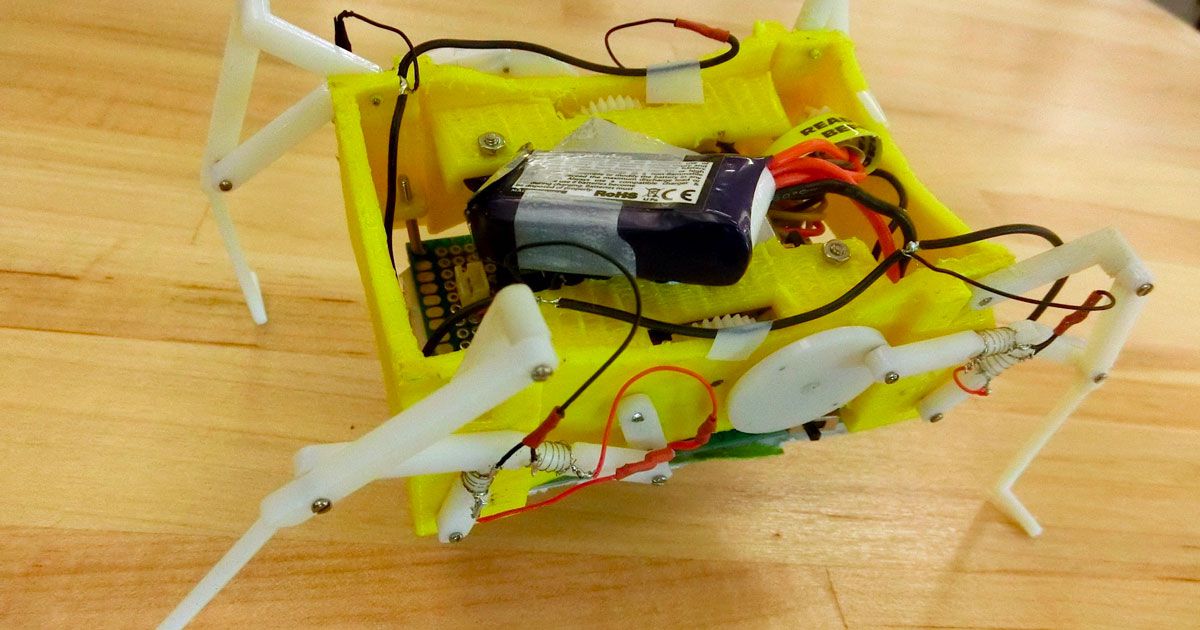China has taken a major step forward in its deep-space exploration efforts as the Tianwen-2 spacecraft arrived at the Xichang Satellite Launch Center in Sichuan province for final launch preparations. The China National Space Administration (CNSA) confirmed the development on February 20, 2025, signaling that the mission is on track for its scheduled launch in the first half of the year.
A Dual-Purpose Mission
The Tianwen-2 mission is a combined near-Earth asteroid sample return and comet rendezvous mission, marking another ambitious endeavor for China’s space program. The mission is set to launch aboard a Long March 3B rocket, with a tentative liftoff expected around May 2025.
The primary target of Tianwen-2 is the near-Earth asteroid Kamoʻoalewa (2016 HO3), a small celestial body with a diameter estimated between 40 to 100 meters. The asteroid is considered a quasi-satellite of Earth, meaning it follows a co-orbital path with our planet. Scientists believe Kamoʻoalewa might be a fragment of the Moon, ejected into space after an ancient impact event.
After collecting samples from Kamoʻoalewa, the main spacecraft will continue its journey to comet 311P/PANSTARRS, a celestial body that exhibits both asteroid-like and comet-like characteristics. By studying these two objects, scientists aim to gain valuable insights into the composition, evolution, and history of the solar system, including the distribution of water and organic molecules.
Launch Preparations Underway
CNSA stated that the launch site facilities are fully prepared, and pre-launch tests are proceeding as planned. Engineers and scientists are meticulously working to ensure the spacecraft is ready for its complex mission, which will involve multiple orbital maneuvers, sample collection, and deep-space travel over nearly a decade.
Sampling Kamoʻoalewa: Two Innovative Techniques
To collect material from Kamoʻoalewa, Tianwen-2 will employ two advanced sampling methods:
- Touch-and-Go (TAG) Method – This technique, used by NASA’s OSIRIS-REx and JAXA’s Hayabusa2 missions, involves briefly touching the asteroid’s surface to gather samples.
- Anchor-and-Attach System – This approach uses drills attached to the spacecraft’s landing legs, allowing for a more stable and secure extraction of subsurface material.
Early mission concepts, when Tianwen-2 was initially known as Zheng He, indicated that China aimed to collect between 200 and 1,000 grams of asteroid samples. These samples will help scientists analyze Kamoʻoalewa’s mineral composition, origin, and potential similarities with lunar material.
Challenges in Sample Return
Although China has successfully executed two lunar sample return missions—Chang’e-5 (2020) and Chang’e-6 (2024)—returning asteroid samples presents unique challenges. Unlike the Moon, Kamoʻoalewa has negligible gravity, requiring specialized landing and sampling techniques. Additionally, the reentry module carrying the samples will experience higher velocities, demanding advanced thermal protection and parachute deployment systems.
To address these challenges, the China Aerospace Science and Technology Corporation (CASC) conducted high-altitude parachute tests in 2023, ensuring the safe return of asteroid samples to Earth around 2027.
Comet Rendezvous: Studying 311P/PANSTARRS
Returning samples from Kamoʻoalewa will not mark the end of Tianwen-2’s mission. The spacecraft will execute a gravitational slingshot maneuver around Earth, propelling it toward comet 311P/PANSTARRS in the main asteroid belt. The rendezvous is expected around 2034.
311P/PANSTARRS is considered a transitional object between asteroids and comets, making it an ideal candidate for studying the origins of cometary activity within the asteroid belt. Scientists hope to analyze its orbit, rotation, surface composition, volatile elements, and dust emissions, shedding light on the evolution of comets in the inner solar system.
Scientific Instruments on Board
The Tianwen-2 spacecraft is equipped with a suite of cutting-edge instruments to study its targets, including:
- Multispectral and infrared spectrometers – To analyze surface composition.
- High-resolution cameras – To map geological features in detail.
- Radar sounder – To probe subsurface structures.
- Magnetometer – To search for residual magnetic fields.
- Dust and gas analyzers – To examine cometary activity.
- Charged particle detectors – To study interactions with the solar wind (developed in collaboration with the Russian Academy of Sciences).
China’s Expanding Deep-Space Ambitions
Tianwen-2 follows the highly successful Tianwen-1 Mars mission, which saw China land the Zhurong rover on Mars in 2021. The Tianwen series is a key part of China’s growing presence in deep-space exploration:
- Tianwen-3 – A Mars sample return mission, scheduled for 2028–2030.
- Tianwen-4 – A Jupiter system exploration mission, launching around 2030, featuring a solar-powered orbiter for Callisto and a radioisotope-powered spacecraft for a Uranus flyby.
Chinese researchers have emphasized the importance of asteroid sample return missions, citing their potential for groundbreaking scientific discoveries and the development of new space technologies.
With Tianwen-2, China is taking a bold step into the future of deep-space exploration. By returning samples from an asteroid and studying a comet, the mission will provide crucial insights into the origins of the solar system and planetary evolution. As launch preparations continue, the world eagerly anticipates another milestone in China’s space program.

 Entertainment4 weeks ago
Entertainment4 weeks ago
 Entertainment4 weeks ago
Entertainment4 weeks ago
 Entertainment4 weeks ago
Entertainment4 weeks ago
 Entertainment4 weeks ago
Entertainment4 weeks ago
 Entertainment2 weeks ago
Entertainment2 weeks ago
 Entertainment2 weeks ago
Entertainment2 weeks ago
 Entertainment2 weeks ago
Entertainment2 weeks ago
 Entertainment2 weeks ago
Entertainment2 weeks ago





